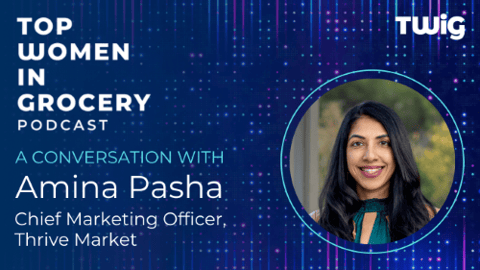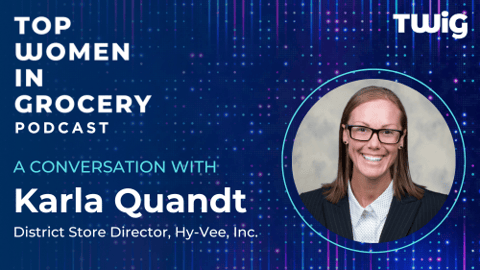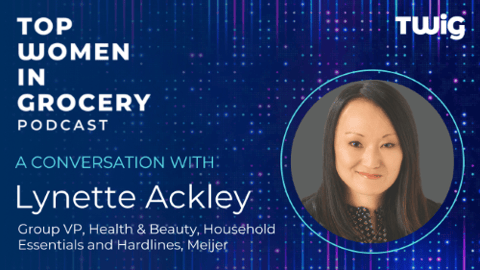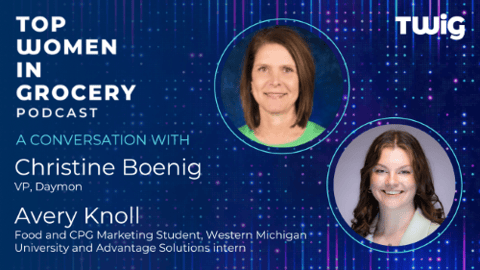TWIG Podcast: Industry Insider Reveals What’s Really Happening in Egg Category
It’s a challenging time for the egg category with shortages and price increases affecting farmers, distributors and retailers. That’s why the TWIG Podcast invited Emily Metz, president and CEO of the American Egg Board (AEB), the national marketing organization for the U.S. egg industry and one of the most important commodity boards in the nation that's driving the future of the egg category, for insights.
Emily delves right into the industry's most pressing issue: the highly pathogenic avian influenza (HPAI) outbreak, commonly known as bird flu. The impact of this outbreak extends beyond individual consumers to affect the entire food supply chain, from producers to retailers.
[RELATED: New Grocery-Related Laws Take Effect Jan. 1]
“We've been dealing with this on and off since 2015, which is the first time it really showed up in the U.S. in commercial poultry farms,” explains Emily. “And we've learned a lot of really hard lessons, and we've invested, our farmers have invested a huge amount, but over the last few years, the virus has evolved and changed.”
There's also the ripple effect of evolving climate conditions. “Where that ripples when it comes to bird flu is that bird flu has historically been transmitted through the wild bird population,” says Emily. “We were able to predict based on the flight patterns when we were going to see bird flu and when we needed to be prepared. Well, with wildfires, with tornadoes, hurricanes, all of those things that we saw last year, those birds got displaced. So we had wild birds ... changing their flight patterns, flying in areas they'd never flown before. ... all that drove increases in outbreaks last year and that really tightened the supply.”
Emily says the industry is taking steps to mitigate the spread of HPAI, including investing millions of dollars to improve biosecurity. For example, farms are installing laser light systems to reduce the incidence of wild birds landing on their property. “Gone is the day of the scarecrow,” she says. “We're in high-tech AI space now. And we are throwing absolutely everything we can at this problem.”
To help retailers address shoppers’ concerns around pricing volatility and shortages, AEB has a host of resources, including in-store signage, talking points, fact sheets and other material.
Meanwhile, consumer demand for eggs has been at record high levels. “We are approaching a 22 week, year-over-year record high consumption and demand levels for eggs,” Emily says. “We're seeing that even at an elevated price, consumers are still seeing a huge amount of value in eggs as a protein and the nutrition it provides.”
Consumers are also flocking to cage-free options. “Since 2012, we started to see statewide mandates pop up and consumer interests grow in cage-free options,” Emily points out. “We've had production grow in cage-free more than 434%. And no, I did not misstate that statistic. That is actually accurate, 434% growth in cage-free egg production since 2012.”
Overall, today's consumers want eggs and are using eggs in innovative ways. “We're seeing eggs come on menus in new and exciting ways," adds Emily. "In-home preparation outside of the breakfast occasion is rising.”
Get more insights into this vital category, listen to complete episode now.
(Do you prefer to watch this episode? Then click here to watch the video.)
Subscribe
Progressive Grocer’s podcast focuses on the trends, topics and interests that move women forward in grocery retail. If you have an idea for a TWIG podcast topic, contact [email protected] and/or [email protected].













